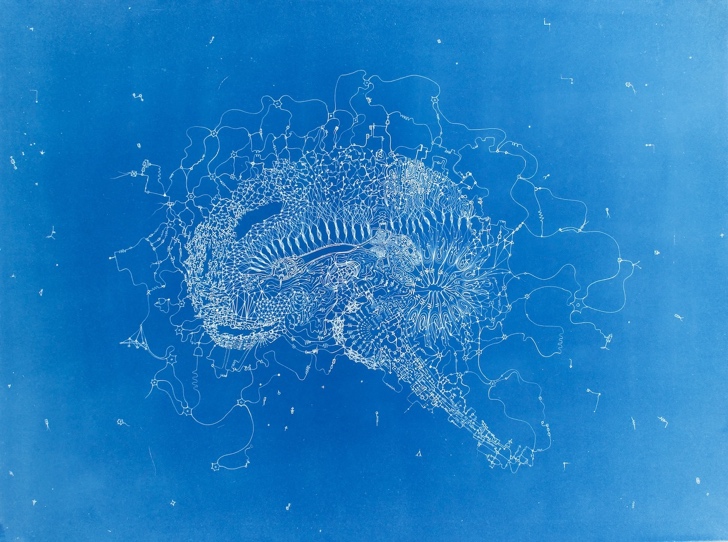Clémentine Dominé
Outreach
- Hopfield, Hinton, and Hassabis: 2024 Nobel laureates shaping neuroscience
- Podcast ML in Neuroscience
- 2023 - Accepted Talk: Clémentine C. J. Dominé*, Rodrigo Carrasco* et al, 'NeuralPlayground: A Standardised Environment for evaluation of Hippocampus and Entorhinal Cortex Models' (Top 3%)
- Podcast on Neuro-Inspired AI with Clémentine Dominé
- SWC Interview : Embracing intersection between neuroscience physics and art
- ELISE Mobility Program for PhD students and postdocs: Two participants share their experiences
- Andrew Saxe, PhD, 2023 Blavatnik Awards
- Sainsbury Wellcome Centre: Research Mission
- Sainsbury Wellcome Centre: Research Culture
Lectures and Writting
- Criptography Lecture
- Master thesis part 1
- Master thesis part 2
- Advances in particle-accelerator technology
- Discovering the Unknow at the LHC
Art Loves Sciences
You will find here some media content and my crossover of art and science. This blog aims to show the strong links between art and the sciences. Often these two disciplines are described and thought of as incompatible. This separation between art and science is easily observed on university campuses where their respective faculties are located opposite the campus. Far from being conflicting subjects, they complete, help, grow, inspire and understand each other. There exist infinite amounts of ways to show the close relationship between art and science. Here are a few I like and wanted to share. I hope you like it. Enjoy the art, learn the science. I started this project on Instagram (@artlovesciences) a 8 years ago.
Artwork by Mary Yacoob
Title of Artwork: ‘Unifying Representations in Biological and Artificial Systems – in Dialogue with Clémentine Dominé, PhD candidate at the Gatsby Computational Neuroscience Unit’.
Cyanotype Print on Arches Platine Paper, edition of 30, 52cm x 70cm, 2025

Clémentine Dominé researches how representations in the brain and of artificial networks align or diverge, in order to reveal key computational similarities and distinctions, despite differing physical substrates and architectures. Clémentine provided Mary with an illustration she created using Artificial Intelligence. The drawing that Mary produced in response to this suggests a more speculative integration of organic and artificial systems.
Mary’s drawing adopts, deconstructs and merges symbols found in diagrams of neurons, circuit boards and artificial neural networks. The central image is inspired by a cross-section of a human brain. Frayed boundaries blend the central image into its surroundings, reflecting the notion of extended cognition, the idea that cognition involves networks of connections between the brain, body, tools, and the environment.
See more of Mary’s work here
Resources
Machine Learning
- Arthur Gretton’s lecture lecture notes on RKHS theory
- Matrix Cookbook
- Geometric Deep learning
- Gatsby course lectures
Theoretical Neurosciences
- Gatsby/SWC Systems and Theoretical Neuroscience course lectures
- Gatsby Theoretical Neuroscience lectures
Inclusivity
- Did this really happen (DTRH)' Campaign in UCL And Rome Sapienza
- Collection of resources on diversity in academia lectures
- Bias watch Neuro
- Anne’s List
- Concrete Steps for Recruiting, Supporting, and Advancing Underrepresented Minoritized Scientists
- Woman's Brain Health Initiative
- CS-JEDI
- Woman's Brain Health Initiative